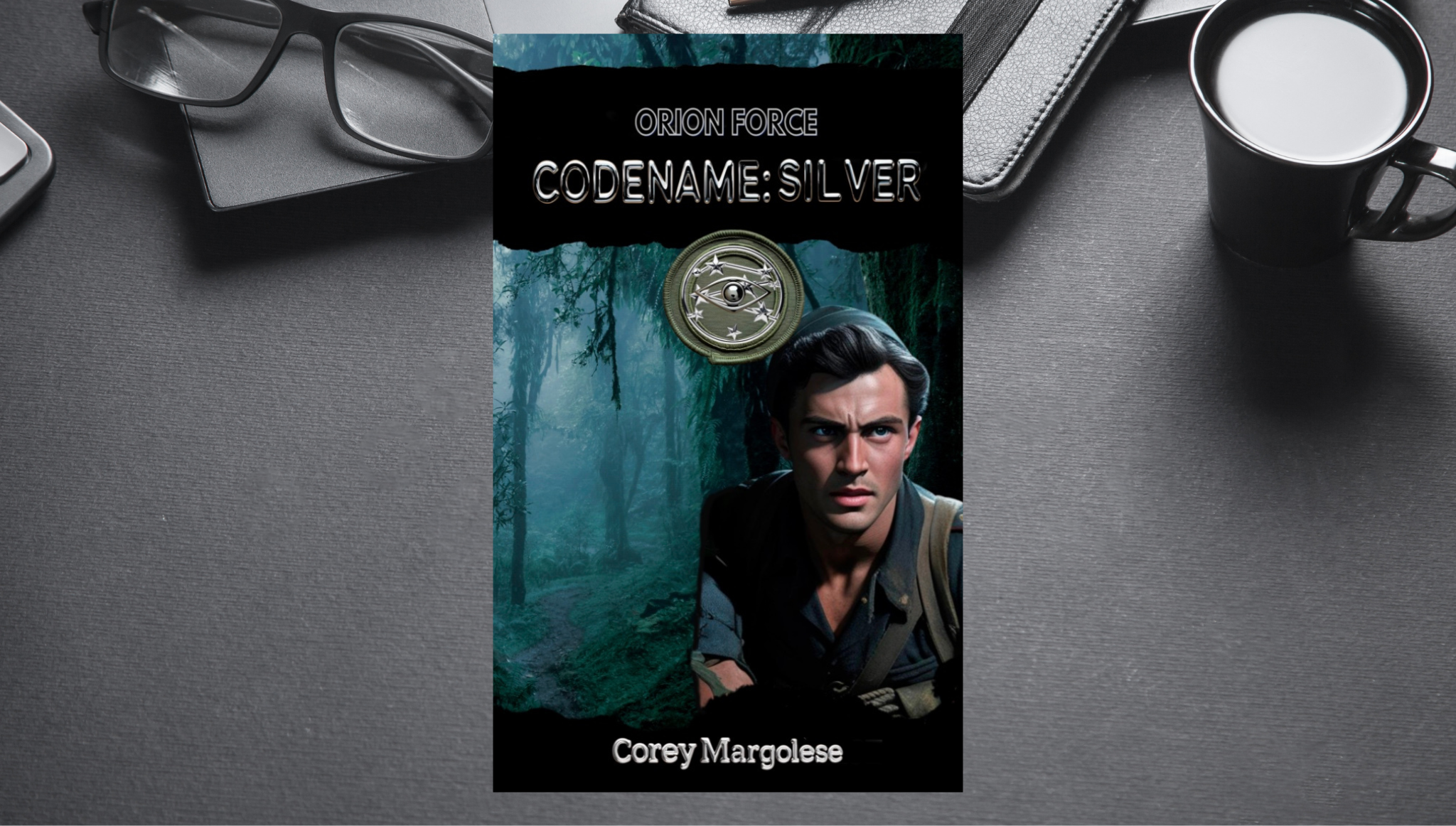Praise for
Codename: Silver





“Codename: Silver is honestly the most exciting book I’ve read this year! The main character, Silver, is a young spy fighting against the Nazis in 1943. I loved how he sneaks behind enemy lines, cracks secret codes, and never gives up—he’s totally fearless but still feels real because he misses his family and worries about his friends. The author’s descriptions made me feel like I was right there, holding my breath. Some parts of the history were new to me, but everything was explained so clearly that I never felt lost. If you like Number the Stars or I Am Malala—stories about brave people who stand up to bullies—then you’ll love Codename: Silver. Five stars from me!”
Maya K.
Grade 7 Student





“Going into Codename: Silver, I expected another run-of-the-mill WWII thriller. Instead, I got a layered story that balances tense action with surprising emotional depth. Silver’s dual identity—as both a Jewish refugee and an undercover Allied operative—creates constant internal conflict that feels authentic. His partnership with Emilie, the intelligence officer who becomes his lifeline, adds complexity; their coded exchanges are as gripping as any firefight. I appreciated how the novel doesn’t shy away from moral gray areas: rescuing prisoners means making impossible choices, and not every plan ends cleanly. For Grade 10 History, this novel connects well to our unit on resistance movements and the Holocaust, showing that real-life defiance wasn’t just large armies—it was individuals making courageous decisions.”
Jordan H.
Grade 10 Student





“Codename: Silver succeeds on two fronts: it is a high-stakes espionage narrative that will keep adolescents turning pages, and it is meticulously anchored in the historical realities of 1943 Europe. Rabbi Corey Margolese captures the tension of occupied territories while weaving in primary-source-level detail—black-market ration cards, partisan supply lines, and the bureaucracy of Nazi work camps—that lends the novel genuine instructional value. Silver’s background as a German-Jewish émigré who changes his name upon arriving in the U.S. opens rich classroom discussions on identity, assimilation, and diaspora. Equally commendable is the balanced portrayal of resistance: successes are celebrated, but the costs—both ethical and human—are never glossed over. I have already incorporated excerpts into my Grade 11 “Genocide and Crimes Against Humanity” course to illustrate clandestine rescue operations. Students connect emotionally, which then primes them for deeper historical inquiry. Highly recommended for intermediate and senior grades, both for independent reading and literature circles.”
Mr. P
High School History Teacher




